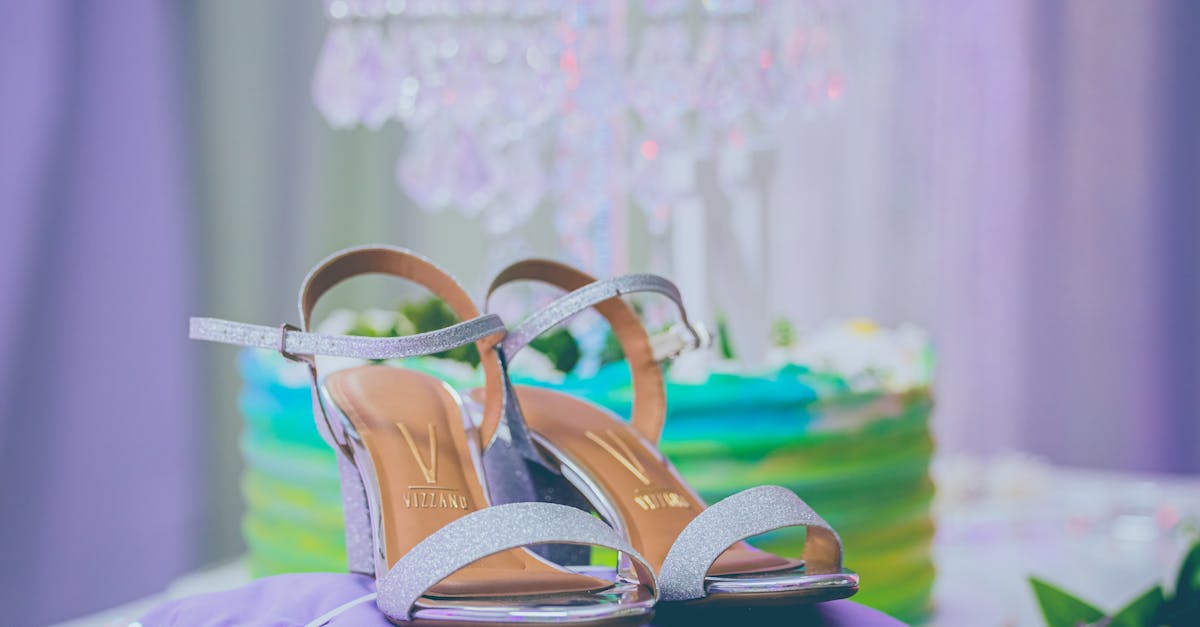A Timeless Tapestry of Art and Adornment

Enamel and Gold: Enhancing Jewelry with a Glassy Elegance
Dive into the Radiant World of Enamel Jewelry
Embark on a captivating journey into the enchanting realm of enamel jewelry, where the fusion of shimmering gold and vibrant enamel creates masterpieces that transcend time. From ancient adornments to contemporary designs, enamel has graced the bodies and captured the hearts of people across cultures and eras. Prepare to be mesmerized by the artistry, history, and enduring allure of this exquisite art form.
Key Insights into the Enchanting World of Enamel Jewelry
- Enameling is an ancient art form that has graced jewelry for centuries, with origins dating back to the Bronze Age.
- Enamel is a delicate fusion of glass and metal, created by fusing powdered glass to a metal surface.
- Enameling techniques include champlevé, cloisonné, plique-à-jour, and more, each imparting a unique character to the final design.
- Enamel jewelry holds cultural significance, adorning everything from ancient artifacts to contemporary masterpieces.
- Caring for enamel jewelry involves gentle cleaning, proper storage, and careful handling to preserve its beauty and longevity.
1. The Art of Enameling: A Timeless Tradition
The Art of Enameling: A Timeless Tradition
Embark on a journey through the annals of history, tracing the origins and evolution of enameling, an art form that has adorned jewelry for centuries. From its humble beginnings to its vibrant resurgence in contemporary designs, enameling continues to captivate with its ability to transform ordinary metal into extraordinary works of art.
Unearth the ancient roots of enameling, dating back to the Bronze Age, where artisans discovered the captivating effects of fusing powdered glass to metal. Travel through time, witnessing the mastery of Egyptian, Byzantine, and Islamic craftspeople who elevated enameling to new heights of sophistication and beauty. Each era brought forth unique styles and techniques, shaping the rich tapestry of enameling’s heritage.
In the Renaissance and beyond, enamel jewelry flourished, gracing the attire of royalty and nobility. Goldsmiths employed intricate enameling techniques to create opulent masterpieces, often incorporating precious stones and pearls. The art form continued to evolve during the Art Nouveau and Art Deco periods, with renowned artists such as René Lalique and Louis Comfort Tiffany pushing the boundaries of design and innovation.
2. Fire and Grace: The Process of Enameling

Fire and Grace: The Process of Enameling
Unveil the secrets behind the creation of enamel, a delicate fusion of glass and metal that requires precision and artistry. Discover the captivating process of enameling, where skilled artisans transform powdered glass into vibrant, vitreous masterpieces.
Step into the workshops of master enamelists and witness the alchemy of fire and grace. Learn about the meticulous preparation of metal surfaces, the careful application of enamel powders, and the precise firing techniques that bring enamel to life. Each step demands patience, dexterity, and an unwavering eye for detail.
Explore the diverse array of enameling techniques, from champlevé to cloisonné, each imparting a unique character to the final design. In champlevé, recesses are carved into the metal, providing a canvas for enamel to fill. Cloisonné, on the other hand, involves soldering thin metal wires onto the surface, creating intricate compartments that hold the enamel. These techniques, along with many others, empower artisans to create a symphony of colors and patterns, transforming ordinary jewelry into wearable works of art.
3. A Symphony of Colors: The Palette of Enamel
A Symphony of Colors: The Palette of Enamel
Explore the mesmerizing array of hues and shades that enamel offers, allowing jewelers to paint vibrant masterpieces on gold. Discover the alchemy of color in the world of enameling, where powdered glass transforms into a symphony of vitreous beauty.
Immerse yourself in the spectrum of enamel colors, from the brilliance of cobalt blue to the warmth of ruby red, the verdant depths of emerald green to the delicate blush of lavender. Each hue possesses a unique charm, inviting artisans to create captivating designs and evoke a range of emotions.
Enamel’s versatility extends beyond its vibrant shades. Transparent enamels allow the underlying metal to shimmer through, creating a luminous effect. Opaque enamels, on the other hand, provide a solid and vibrant canvas for intricate designs. By layering and blending different colors and opacities, enamelists achieve astounding depth and dimension in their creations.
4. Techniques and Styles: Mastery in Enameling

Techniques and Styles: Mastery in Enameling
Delve into the diverse techniques employed in enameling, from champlevé to cloisonné, each imparting a unique character to the final design. Discover the artistry and skill behind these time-honored methods, and witness how they transform ordinary metal into extraordinary works of art.
In the realm of enameling, technique and style are intertwined, empowering artisans to express their creativity and vision. Champlevé, an ancient technique, involves carving recesses into the metal surface, creating compartments that are filled with enamel. Cloisonné, another intricate method, utilizes thin metal wires to form cells on the metal, which are then filled with enamel. These techniques, along with many others, provide a vast repertoire for enamelists to explore and master.
Beyond these core techniques, enameling encompasses a multitude of styles, each with its own distinct charm. From the delicate elegance of plique-à-jour, where enamel is suspended between metal wires like stained glass, to the bold and graphic patterns of Art Deco, the diversity of styles reflects the endless possibilities of this art form. By embracing traditional methods and experimenting with innovative approaches, contemporary enamelists continue to push the boundaries of their craft, creating captivating and unique pieces that celebrate the enduring allure of enamel.
5. Enamel Jewelry: A Reflection of History and Culture
Enamel Jewelry: A Reflection of History and Culture
Examine the cultural significance of enamel jewelry, adorning everything from ancient artifacts to contemporary masterpieces. Discover how enamel has transcended time and boundaries, reflecting the diverse heritage and artistic traditions of civilizations around the world.
Throughout history, enamel jewelry has served as a canvas for cultural expression and identity. In ancient Egypt, vibrant enamel adorned the elaborate adornments of pharaohs and queens, symbolizing power and divinity. Byzantine artisans crafted exquisite enamel pieces, showcasing the empire’s mastery of intricate designs and rich colors. Islamic art flourished with enamel jewelry, featuring geometric patterns and Arabic calligraphy, capturing the essence of the region’s artistic heritage.
In the Renaissance and beyond, enamel jewelry continued to hold cultural significance. European goldsmiths created opulent enamel masterpieces, often incorporating precious stones and pearls. These exquisite pieces adorned the nobility and symbolized wealth and status. Today, contemporary enamel jewelry draws inspiration from diverse cultures and artistic movements, reflecting the globalized world we live in. From traditional designs to innovative creations, enamel jewelry continues to captivate and inspire, serving as a timeless testament to human creativity and cultural exchange.
6. Caring for Your Enamel Treasures
Caring for Your Enamel Treasures
Discover the best practices for preserving the beauty of enamel jewelry, ensuring its longevity and continued radiance. Learn how to properly clean, store, and handle your precious enamel pieces, so they can continue to grace your collection for generations to come.
Enamel jewelry, with its vibrant colors and intricate designs, requires special care to maintain its pristine condition. Regular cleaning is essential to remove dirt and grime that can accumulate over time. Use a soft, damp cloth and mild soap to gently wipe away any residue. Avoid using harsh chemicals or abrasive cleaners, as they can damage the delicate enamel surface.
Proper storage is crucial for protecting your enamel jewelry from scratches and other damage. Store each piece individually in a soft cloth pouch or a lined jewelry box to prevent it from rubbing against other items. Avoid exposing your enamel jewelry to extreme temperatures or humidity, as this can cause the enamel to crack or discolor. When traveling, pack your enamel jewelry carefully to prevent it from being jostled or damaged.
7. Enamel and Gold: A Timeless Fusion of Art and Adornment
Enamel and Gold: A Timeless Fusion of Art and Adornment
Celebrate the enduring allure of enamel and gold, a combination that continues to captivate hearts and adorn bodies with elegance. Discover how these two materials, each possessing unique qualities, come together to create exquisite jewelry that transcends time and trends.
Enamel and gold, a harmonious blend of vitreous beauty and metallic luster, have captivated jewelry makers and wearers for centuries. The vibrant colors and intricate designs of enamel, fused onto the warm, rich surface of gold, create a captivating symphony of art and adornment. From ancient Egyptian artifacts to Byzantine masterpieces and Art Nouveau treasures, enamel and gold have adorned royalty, nobility, and fashion icons alike.
In contemporary jewelry, enamel and gold continue to inspire designers to create stunning pieces that blend traditional techniques with modern aesthetics. From delicate pendants to bold statement earrings, enamel and gold jewelry adds a touch of timeless elegance to any outfit. Whether you prefer classic designs or cutting-edge creations, there is an enamel and gold piece to suit every taste and style.
What is the difference between champlevé and cloisonné enamel techniques?
Champlevé involves carving recesses into the metal surface, which are then filled with enamel, while cloisonné uses thin metal wires to create cells on the metal, which are then filled with enamel. Champlevé creates a flush surface, while cloisonné creates a raised, compartmentalized effect.
How can I clean my enamel jewelry at home?
Use a soft, damp cloth and mild soap to gently wipe away any dirt or grime. Avoid using harsh chemicals or abrasive cleaners, as they can damage the delicate enamel surface.
What should I consider when storing my enamel jewelry?
Store each piece individually in a soft cloth pouch or a lined jewelry box to prevent it from rubbing against other items. Avoid exposing your enamel jewelry to extreme temperatures or humidity, as this can cause the enamel to crack or discolor.
Is it possible to repair damaged enamel jewelry?
Depending on the extent of the damage, it may be possible to repair enamel jewelry. A skilled jeweler can assess the damage and determine the best course of action, which may include filling in chips or cracks with new enamel.
How can I incorporate enamel jewelry into my everyday wardrobe?
Enamel jewelry is versatile and can complement a variety of styles. From delicate pendants that add a touch of color to simple outfits to bold statement earrings that make a dramatic impact, there is an enamel jewelry piece to suit every taste and occasion.
Table of Key Insights
| Key Insight | Description | |—|—| | Enameling is an ancient and versatile art form | Enamel has been used to adorn jewelry for centuries, and it continues to be popular today due to its versatility and beauty. | | Enamel is a delicate fusion of glass and metal | Enamel is created by fusing powdered glass to a metal surface, resulting in a unique and durable material. | | Enameling techniques vary widely | There are many different enameling techniques, each with its own unique look and feel. Some of the most popular techniques include champlevé, cloisonné, and plique-à-jour. | | Enamel jewelry holds cultural significance | Enamel jewelry has been worn by people of all cultures throughout history, and it often reflects the cultural values and beliefs of the people who made it. | | Caring for enamel jewelry is important | Enamel jewelry is delicate and requires special care to maintain its beauty and longevity. This includes gentle cleaning, proper storage, and careful handling.